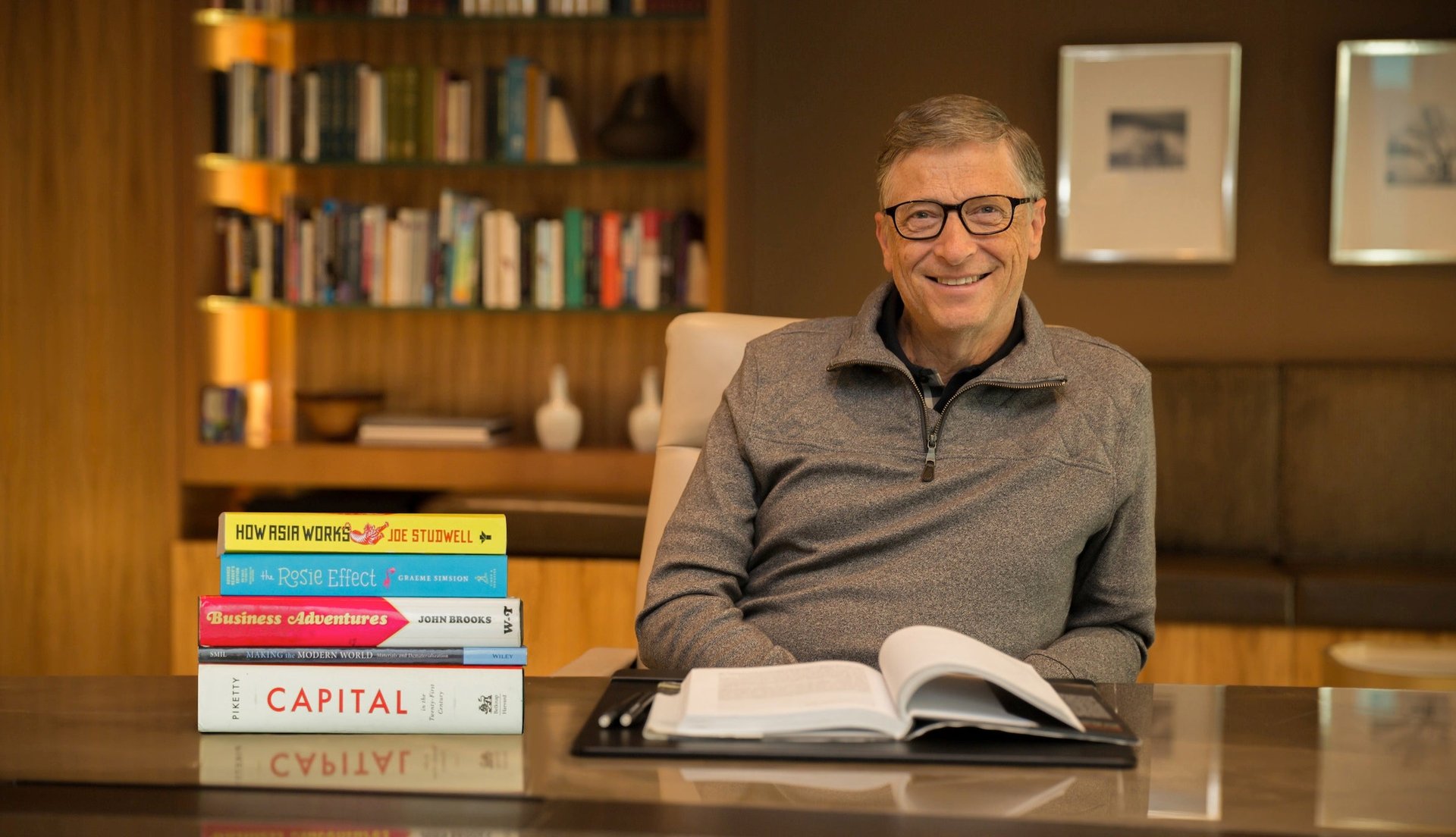Bill Gates’ five favorite books of 2014
In addition to running one of the world’s largest charitable foundations, and taking on a dramatically expanded role at Microsoft, Bill Gates is a voracious reader and produces an annual list of his favorite reads.


In addition to running one of the world’s largest charitable foundations, and taking on a dramatically expanded role at Microsoft, Bill Gates is a voracious reader and produces an annual list of his favorite reads.
The list he released today (not all published in 2014, but he read or revisited them all this year) is more narrowly focused than those of previous years, with a distinct bent towards business and economics. In addition to the most controversial economics book in recent memory, Gates includes his all-time favorite business book. And for people looking for something a bit lighter to read or gift over the holidays, there’s one novel on the list.
Here are the books, and a brief note on why Gates chose each. The hyperlink on each book’s title leads to Gates’ full review.
Business Adventures by John Brooks
Warren Buffett introduced Gates to this collection of business stories by a longtime New Yorker writer 23 years ago, and it remains his favorite. Gates did more than just review Brooks’ book: He was instrumental in bringing it back to print this year after it fell into obscurity. It includes Brooks’ classics on Ford’s Edsel disaster, a General Electric price-fixing scandal, and the rise of Xerox.
From Gates’ review:
Unlike a lot of today’s business writers, Brooks didn’t boil his work down into pat how-to lessons or simplistic explanations for success. (How many times have you read that some company is taking off because they give their employees free lunch?) You won’t find any listicles in his work. Brooks wrote long articles that frame an issue, explore it in depth, introduce a few compelling characters, and show how things went for them
Capital in the Twenty-First Century by Thomas Piketty
The book has already generated its share of controversy. Gates picked it precisely because it created such an important debate, even though he had some individual points of disagreement with the book.
“Piketty kindly spent an hour discussing his work with me before I finished my review,” Gates writes in his post rounding up his favorites. “As I told him, although I have concerns about some of his secondary points and policy prescriptions, I agree with his most important conclusions: inequality is a growing problem and that governments should play a role in reducing it.”
How Asia Works by Joe Studwell
The book takes an in-depth look at a huge question in economics–how China, South Korea, Japan, and Taiwan have managed to grow so much while others have failed. From Gates’ roundup:
His answers come in the form of a simple—and yet hard to execute—formula: (1) create conditions for small farmers to thrive, (2) use the proceeds from agricultural surpluses to build a manufacturing base focused on exports, and (3) nurture both these sectors with financial institutions closely controlled by the government. The agriculture section of the book was particularly insightful. It provided ample food for thought for me as well as the whole Agriculture team at our foundation.
The Rosie Effect by Graeme Simsion
This is the one piece of fiction on the list, and the follow up to The Rosie Project, which Gates recommended earlier this year as one of the best and most profound novels he has read in ages.
“It’s a funny novel that also made me think about relationships: what makes them work and how we have to keep investing time and energy to make them better,” Gates writes. “A sweet, entertaining, and thought-provoking book.”
Making the Modern World: Materials and Dematerialization by Vaclav Smil
Gates is a longtime admirer of Smil (he refers to him as his favorite author), and is a big fan of his data-centric examination of how the world uses common materials. If you’ve never thought seriously about concrete, this book will change that. (China used more cement in the last three years than the US did during the entire 20th century, for example.)
From Gates’ review:
This isn’t just idle curiosity. It might seem mundane, but the issue of materials—how much we use and how much we need—is key to helping the world’s poorest people improve their lives. Think of the amazing increase in quality of life that we saw in the United States and other rich countries in the past 100 years. We want most of that miracle to take place for all of humanity over the next 50 years. As more people join the global middle class, they will need affordable clean energy. They will want to eat more meat. And they will need more materials: steel to make cars and refrigerators; concrete for roads and runways; copper wiring for telecommunications